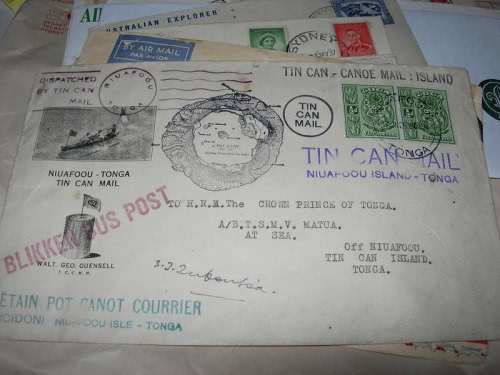In the 1830s, the United Kingdom and the United States started carrying mail bags by train on their normal routes. Then, some years later, George B. Armstrong, assistant postmaster at Chicago, came up with the idea of sorting the mail on the train, while en route to its destination, to save time. The Railway Post Office (or RPO) was born!
A Railway Post Office looked like a normal train car on the outside, but had a unique interior design, with movable cast-iron fixtures that held the mail bags for sorting. These could also be folded if space was needed, as the train wagons tended to get very crowded! They also had their own cancellation stamps used only on board, and a special hook to snatch a bag of mail on the towns where the train didn’t stop. You can a demonstration of its use here.
They became so widespread that in the 1880s, most passenger train routes in the US had their own Railway Post Office, allowing for a very efficient and speedy mail delivery. At the peak of their popularity in the 1940s, RPO’s were in use in over 9000 train routes, covering more than 200,000 route miles. In the next few decades though, the service would slowly decline and be replaced by airmail. The last Railway Post Office, which travelled between New York and Washington D.C., closed in 1977.
Railway Post Offices now live in museums around the world, and on these beautiful pictures by the Smithsonian Institution on Flickr.






